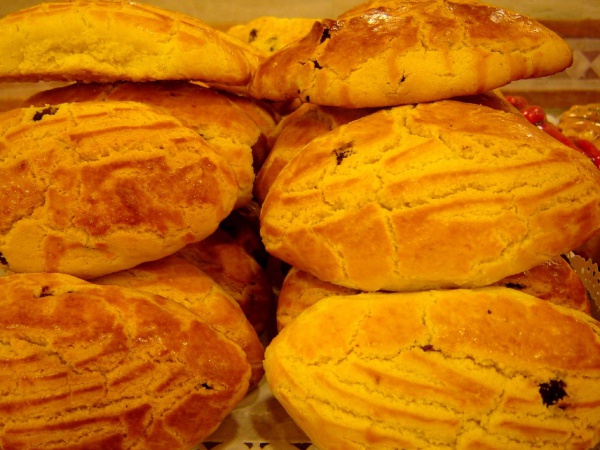Facts About Pogača
Pogača: A Delightful Bread with Rich Traditions
Pogača, also known as poğaça, pogácsa, or pogace, is a cherished type of bread with deep roots in the Carpathian Basin, the Balkans, and Turkey. This bread boasts a fascinating history, originally baked in the ashes of a fireplace before ovens became commonplace. Comparable to focaccia, it offers an exceptional experience for bread enthusiasts.
Versatile & Flavorful
Pogača can be either leavened or unleavened, though the unleavened variety requires a deft hand to perfect. The dough is primarily made from wheat flour, with occasional additions of barley or rye to enhance the flavor. What sets pogača apart is its versatility. It can be filled with potatoes, ground beef, or cheese, and often garnished with grains and herbs such as sesame seeds, black nigella seeds, or dried dill.
A Name with History
The name "pogača" derives from the Latin term "panis focacius" meaning bread baked on a hearth. This term traveled through Byzantine Greek before finding its way into South Slavic languages. Variations such as "pogačice" can be found across different countries, each adding its unique twist to this beloved bread.
Regional Twists
The beauty of pogača lies in its regional diversity, as different areas put their own spin on the recipe, resulting in a wide array of textures and flavors. Whether it's a flatbread topped with ocvirki (pork cracklings) or a stuffed pastry, there's a pogača to satisfy every palate.
Serving Suggestions
Typically, pogača is served hot and makes an excellent appetizer or side bread. Some variations are filled with sour cream, curd, or feta cheese, making them particularly delectable specialties.
